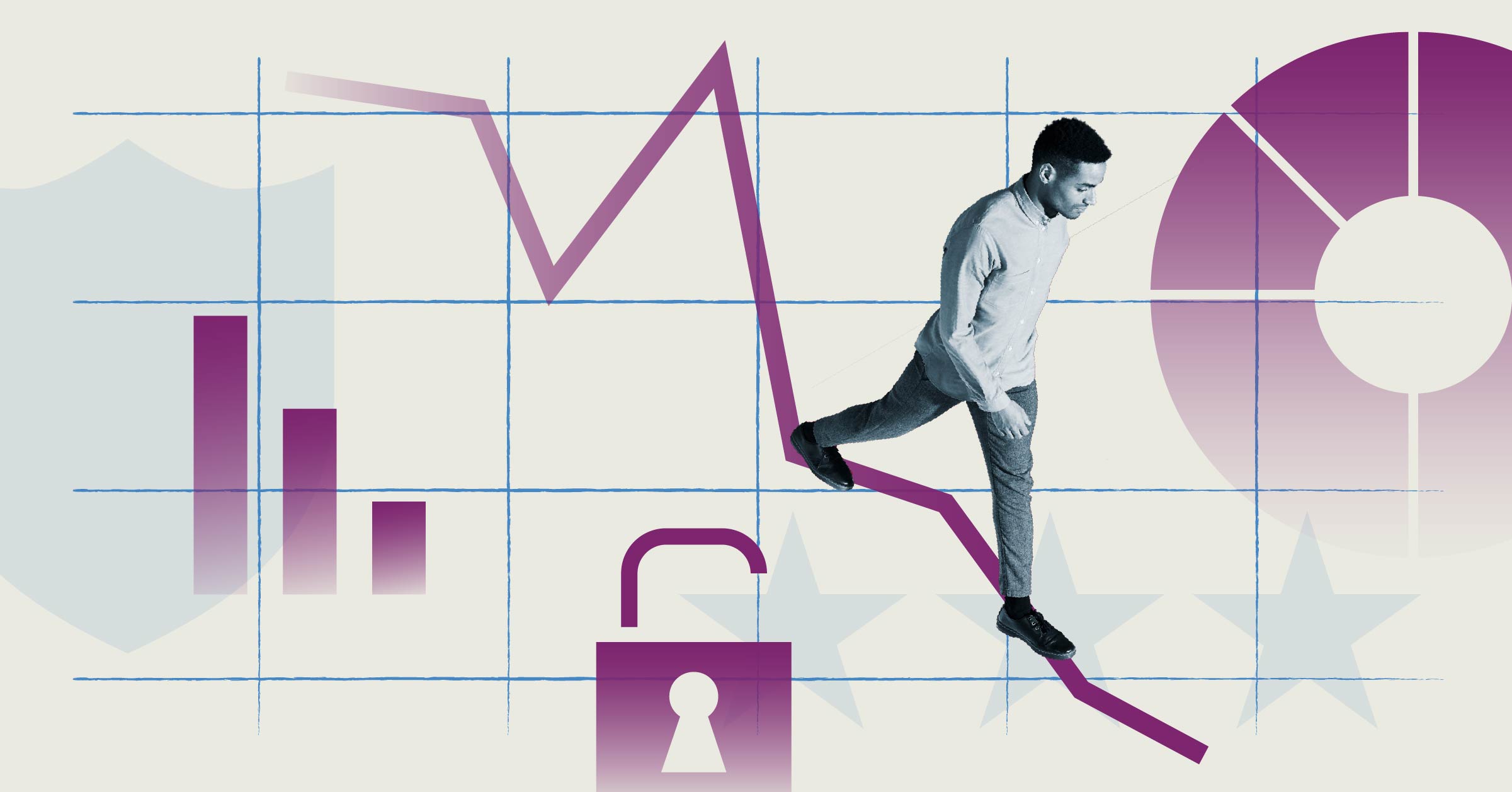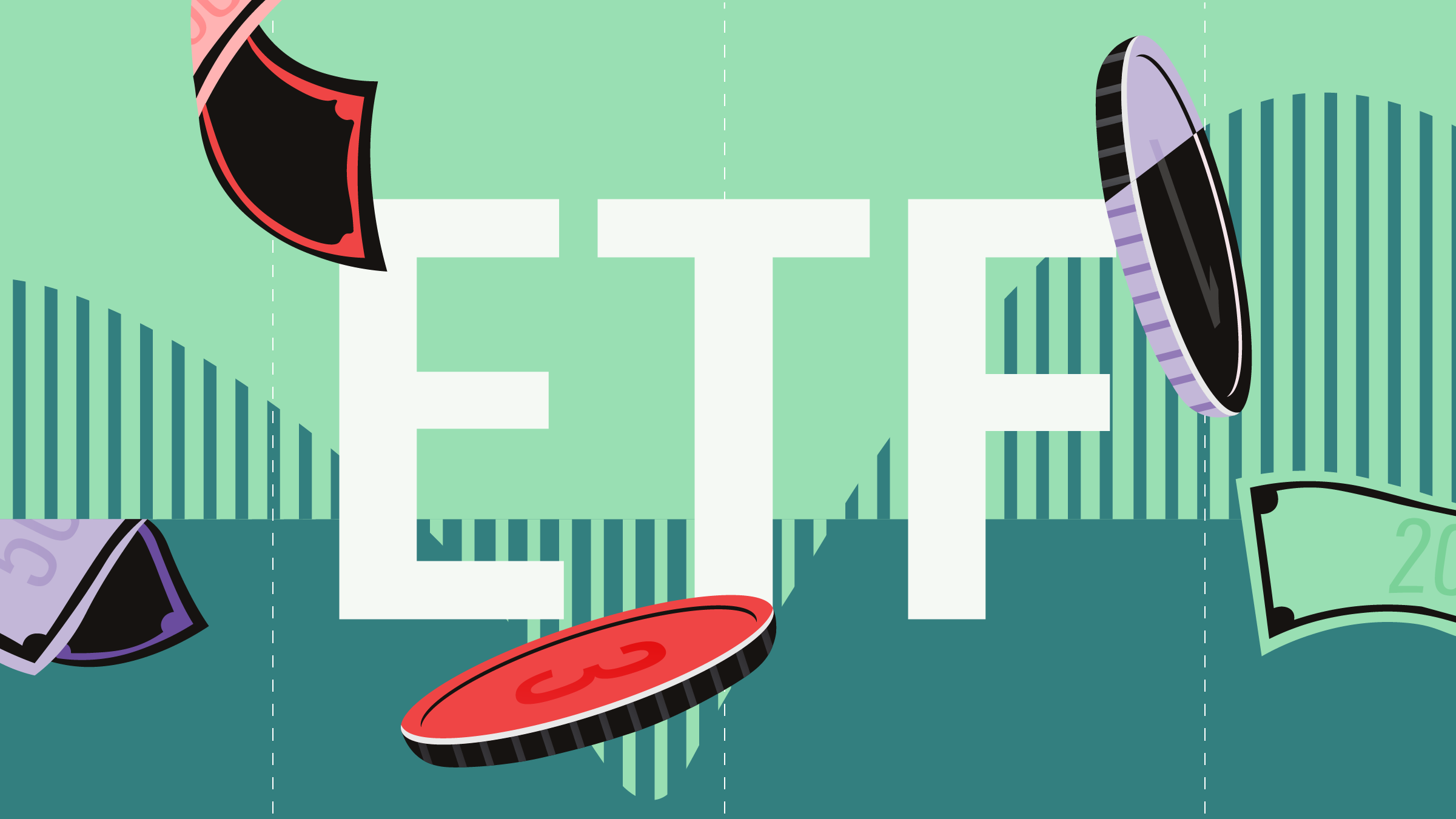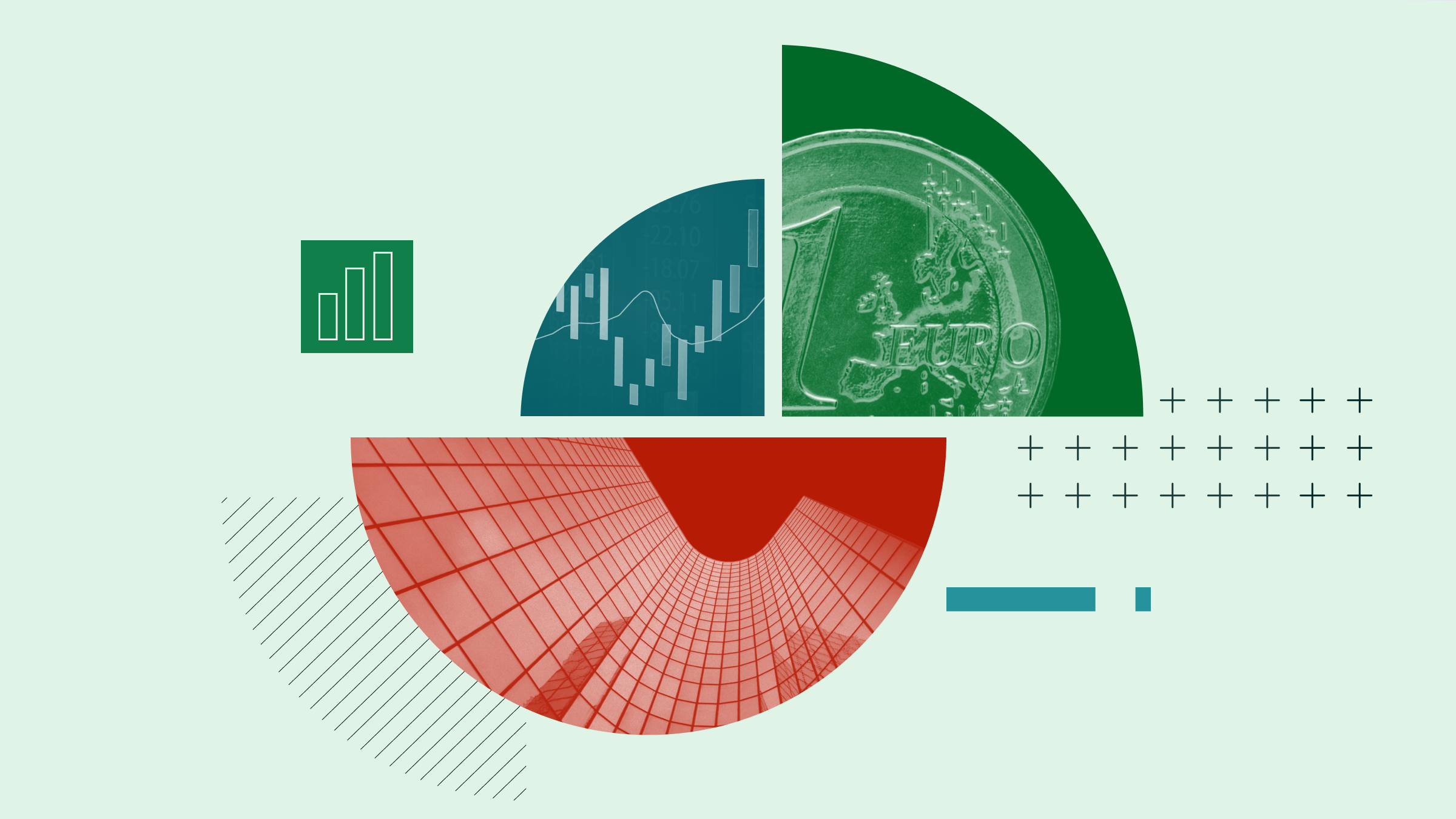
As financial markets continue to exhibit volatility, equities have slowly fallen out of favour as investors attempt to limit their losses. For those not looking to ‘buy the dip’ and instead move into lower-risk investments, guaranteed investment certificates (GICs) and bonds are two primary contenders. Each investment type comes with its benefits, but which option reigns superior?
Why Choose GICs?
Previously an afterthought on the product shelf hovering around 1-3% in return over the last several years, GICs are an investment worth considering for those looking to move into less risky investments. With the stock gains of 2021 all but wiped out in the first three quarters of 2022 and the Bank of Canada overnight rate creeping up, GIC rates have trended upwards of 4%.
One of the key benefits of the GIC is – as the name suggests – the guaranteed return. GICs are a relatively straightforward investment option for Canadians with a guaranteed interest rate over a set period (typically anywhere from one to five years). They can also be held as part of your registered plan such as TFSA or RRSP. Over the last five years, GIC rates among financial institutions have been as low as 0.6% and currently sit at 4% and higher, depending on the institution and term.
One of the main drawbacks of the GIC is the inflexibility once your money is invested. In other words, once your initial investment is locked in, you are not able to withdraw funds in a pinch. They are also a relatively short-term solution – though there is the option to re-invest upon term completion. One way to maximize returns while maintaining some flexibility is called ‘laddering,’ in which investors split their investment across different terms (i.e., $5,000 towards a 5-year GIC and the same amount towards a 4, 3, 2, and 1-year GIC). Once the first GIC term is complete, the investor can decide to re-invest or pull out the money.
Benefits of Bonds
Bonds are another low-risk alternative to equities. In simple terms, purchasing a bond equates to lending money to the government. The government then guarantees that a prescribed amount, or ‘face value,’ will be repaid at the maturity date. Like most loans, interest (in the form of ‘coupons’) is paid on the loan. The term ‘bond yield’ describes the entire value created by the bond, comprised of the coupons paid and the value/loss arising from the sale of the bond.
Bond yields are directly correlated with mortgage rates. According to data from the Bank of Canada, over the last five years, the average bond yield for a 10-year bond was 1.9%, with a high of 3.24% in June 2022. When interest rates rise, bond prices typically fall to reflect the lower return the bond buyer will make on the purchase of the bond (compared to purchasing a newly issued bond with a higher rate). As such, bonds are not completely risk-free.
Bonds can be bought and sold at any point, with the risk of losing money on the sale if sold at a discount, but also the opportunity to sell at a premium. Bonds are a good option for those who want more liquidity in their investments, and often make up at least some portion of a well-diversified portfolio, with advice often citing that investors should increase their bond allocation to reduce risk as they approach retirement age.
GIC vs. Bond: Which is the Better Choice?
Both GICs and bonds can be purchased from a bank or other large financial institution. While current rates might appear to favour GICs as the superior investment option, the comparison is not clear-cut. Unlike GICs, bondholders have the opportunity to enjoy higher yields over time depending on several external market factors.
Overall, both GICs and bonds are effective ways to reduce overall portfolio risk while enjoying steady returns over time. When it comes down to which is better for the individual investor, it all comes down to risk tolerance and the desire for flexibility and liquidity.








:quality(80)/cloudfront-us-east-1.images.arcpublishing.com/morningstar/VYKWT2BHIZFVLEWUKAUIBGNAH4.jpg)











